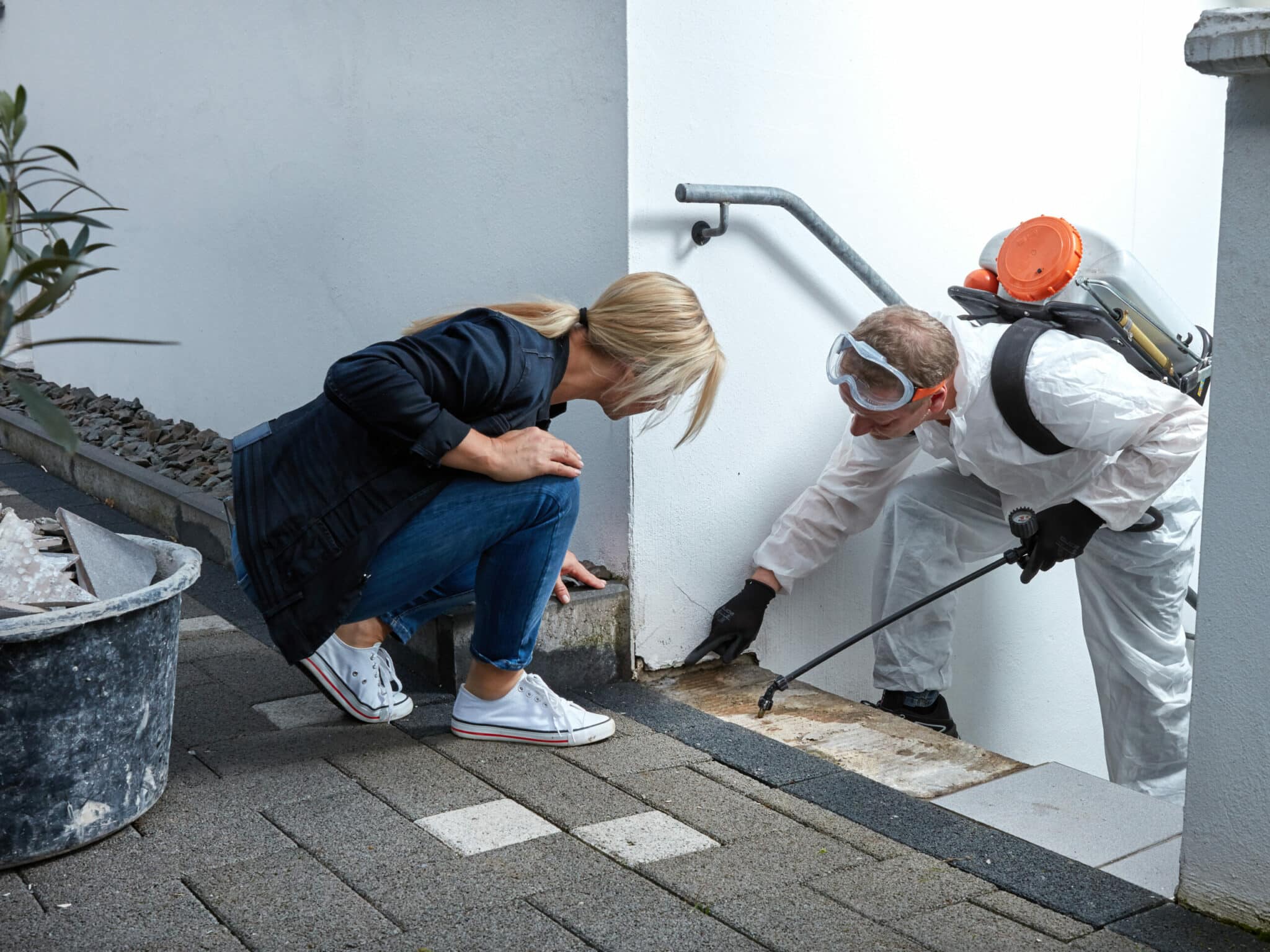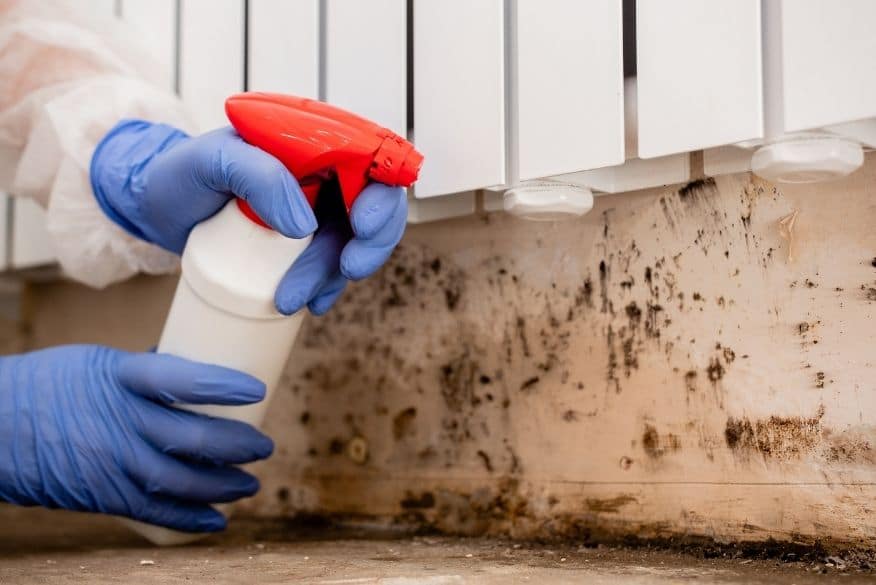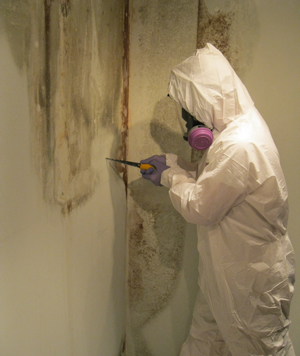Accuracy Mold Remediation Methods for Making Certain a Healthy Living Environment
In the realm of keeping a healthy living atmosphere, the effectiveness of mold removal techniques stands as an important aspect that demands accuracy and expertise. By checking out the intricacies of mold remediation techniques, one can gain insight right into securing against mold-related concerns and fostering a healthier environment.
Comprehending Mold Development Elements
Comprehending the crucial variables that contribute to mold development is vital in developing efficient strategies for mold and mildew remediation. Mold and mildew requires three major components to thrive: moisture, ideal temperatures, and natural material for food. Dampness is perhaps one of the most essential aspect as mold and mildew spores can swiftly spread and conquer in wet environments. Leaks, floods, high moisture levels, or condensation supply the needed moisture for mold development. Temperature also plays a substantial duty, with most molds liking temperatures between 60-80 ° F(15-27 ° C) Lastly, mold feeds on natural products such as wood, paper, drywall, and materials.

Analysis of Mold Infestations
Having actually recognized the essential variables that add to mold development, the next important action is assessing the level of mold and mildew invasions within a home. Mold evaluation includes a comprehensive inspection to determine the kind of mold present, the affected locations, and the severity of the problem. Specialist mold assessors use a mix of visual assessment, dampness meters, thermal imaging cams, and air tasting to collect data on the mold trouble.
Aesthetic examination is typically the primary step in assessing mold and mildew problems, where experts aesthetically take a look at areas susceptible to mold development, such as washrooms, basements, and attic rooms. This aids determine visible mold growth and locations with indications of water damages or high moisture degrees. Dampness meters are after that used to spot wetness levels in building materials, aiding in situating hidden mold growth behind ceilings or walls.
Additionally, thermal imaging cams can be employed to find temperature differences that might indicate dampness issues advertising mold growth. Air tasting is another crucial method utilized to accumulate air-borne mold and mildew spores, offering info on the focus and kinds of mold and mildew existing in the interior atmosphere. By using these analysis methods, experts can precisely review the mold infestation and create an effective removal strategy to make certain a healthy and balanced living setting.

Executing Targeted Remediation Approaches
To successfully attend to mold and mildew invasions, implementing targeted removal techniques is vital for getting rid of the origin of mold and mildew growth and making certain a mold-free setting. These methods include a methodical method customized to the details mold problems identified during the evaluation stage. By targeting the hidden elements adding to mold and mildew growth, such as wetness breach, insufficient air flow, or structure material defects, removal efforts can be much more effective and precise.
One targeted remediation approach is to resolve water leakages quickly to avoid dampness buildup, which is a key vehicle driver of mold expansion. This might include repairing pipes leaks, boosting drain systems, or boosting waterproofing actions. In addition, boosting air flow in wet locations can aid reduce humidity levels, creating a setting less conducive to mold growth.
Furthermore, targeted removal approaches may consist of eliminating and replacing mold-infested products, such as drywall or insulation, and applying antimicrobial treatments to prevent future mold advancement. Normal tracking and maintenance are essential to maintaining a mold-free setting following removal efforts - mold remediation philadelphia pa. By carrying out these targeted strategies, homeowner can properly fight mold problems and advertise a healthier living setting
Making Use Of Advanced Mold Removal Technologies
Integrating advanced modern technologies is paramount in the efficient removal of mold and mildew infestations and making sure lasting prevention steps. Advanced mold removal innovations play a crucial function in attending to mold problems effectively and comprehensively. One such modern technology is making use of High-Efficiency Particulate Air (HEPA) purification systems. These systems can record and strain mold spores and other airborne fragments, significantly lowering the anonymous spread of mold throughout remediation.
Additionally, progressed mold elimination modern technologies include infrared electronic cameras that can spot surprise moisture sources within walls or ceilings, assisting in the exact recognition of locations susceptible to mold development. best mold remediation philadelphia. This modern technology makes it possible for removal professionals to target afflicted locations a lot more precisely, bring about a much more thorough removal process
Ultraviolet (UV) light treatment is an additional innovative innovation utilized in mold and mildew remediation. UV light can kill mold and mildew spores and inhibit their development, specifically in hard-to-reach or hard to reach locations. This method is non-invasive and ecologically friendly, making it a recommended choice for Get More Info mold elimination in sensitive atmospheres. By leveraging these sophisticated technologies, mold remediation specialists can successfully get rid of mold invasions and produce a much healthier living environment for occupants.
Preventing Future Mold And Mildew Reappearances
With the effective removal of mold and mildew problems utilizing advanced technologies, the focus currently shifts towards executing durable approaches to protect against future mold reoccurrences. Preventing mold from persisting is vital for maintaining a healthy interior environment.
Appropriate air flow is one more crucial aspect of mold avoidance. Ensuring ample air movement in all locations of the structure can help in reducing moisture degrees and avoid wetness buildup. Making use of dehumidifiers in wet rooms such as basements can also assist in managing wetness degrees.
Maintaining cleanliness and promptly resolving any water damage or spills can even more assist protect against mold growth. Regular cleaning regimens ought to include cleaning, vacuuming, and wiping down surface areas to stop the accumulation of mold and mildew spores.
Informing occupants about mold avoidance practices, such as appropriate air flow and dampness control, can likewise contribute to a positive technique in protecting against future mold and mildew issues. By carrying out these techniques, the risk of mold reoccurrences can be substantially decreased, bring about a much healthier living setting.
Verdict
By comprehending mold development aspects, examining infestations, applying targeted methods, utilizing sophisticated removal modern technologies, and preventing future recurrences, one can effectively deal with mold concerns. It is essential to prioritize mold and mildew remediation to make certain the wellness of occupants and protect against prospective health threats connected with mold direct exposure.
